
Discover the Majestic Inwangsan: A Natural Retreat in Seoul
Experience the stunning views, rich culture, and serene trails of Inwangsan, a must-see mountain peak in the heart of Seoul.
Inwangsan, a stunning mountain peak in Seoul, offers breathtaking views and a unique blend of nature and culture, making it an ideal spot for tourists seeking adventure and tranquility.
A brief summary to Inwangsan
- Seoul, KR
Local tips
- Start your hike early in the day to enjoy cooler temperatures and fewer crowds.
- Bring plenty of water and snacks, as there are limited facilities along the trails.
- Wear comfortable shoes, as some parts of the trail can be steep and rocky.
- Don't forget your camera to capture the stunning views from the top.
- Visit the area during the fall for breathtaking autumn foliage.
Getting There
-
Subway
Take Line 3 (Orange Line) from any station towards the direction of Daehwa Station. If you are starting from a major hub like Seoul Station, take the subway towards Gwanghwamun Station, which is 3 stops away. Once at Gwanghwamun Station, exit through Exit 6. Here, you will be in the vicinity of Gyeongbokgung Palace.
-
Walking
From Gwanghwamun Station Exit 6, walk straight towards Gyeongbokgung Palace. You will see the main entrance of the palace after a short 5-minute walk. After exploring the palace, continue walking north. Look for the road leading up towards Inwangsan Mountain. This will be a slight incline, and you will see signs pointing towards the Inwangsan hiking trail.
-
Hiking
Follow the trail signs and begin your hike up Inwangsan. The trail is well-marked and offers beautiful views of Seoul as you ascend. It takes about 30–40 minutes to reach the summit, where you can enjoy panoramic views of the city. Remember to wear comfortable shoes and bring water.
Discover more about Inwangsan
Iconic landmarks you can’t miss
Seoul Hanyangdoseong Fortress
0.4 km
Discover the historic Seoul Hanyangdoseong Fortress, where Korea's past meets stunning views in the heart of Seoul.
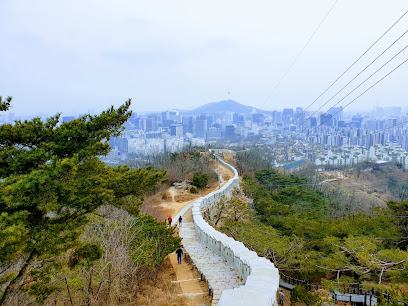
Sinmumun Gate
1.4 km
Explore the historic Sinmumun Gate, a majestic symbol of Seoul's rich heritage and architectural beauty, nestled in the heart of the city.
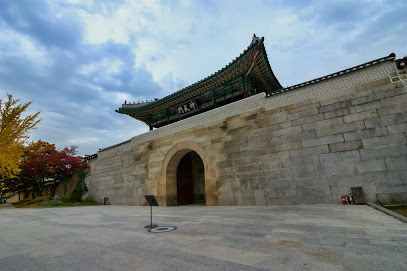
Yeongchumun (West Gate)
1.5 km
Explore Yeongchumun, the West Gate of Gyeongbokgung Palace—an iconic historical landmark where Korea's royal history comes to life.
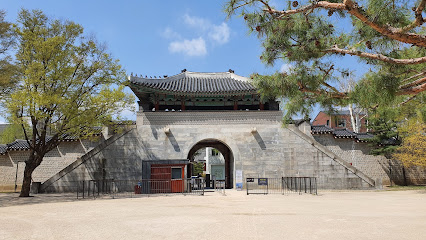
Jibokjae
1.5 km
Discover the elegance and history of Jibokjae, a royal guesthouse showcasing Korea's architectural beauty and cultural heritage.

Hongjimun Gate and Tangchundaeseong Fortress
1.6 km
Explore the historic Hongjimun Gate and Tangchundaeseong Fortress in Seoul, a captivating blend of architecture and history set in serene surroundings.
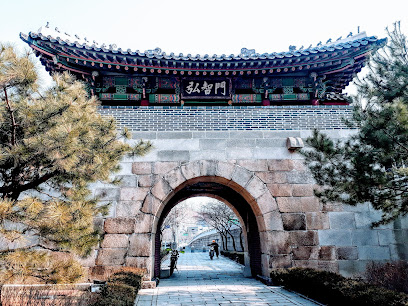
National Palace Museum of Korea
1.7 km
Discover Korea's royal history at the National Palace Museum, home to thousands of artifacts from the Joseon Dynasty and a gateway to the country's rich cultural legacy.

Gyeongbokgung Palace
1.7 km
Experience the grandeur of Gyeongbokgung Palace, a cultural landmark in Seoul that showcases Korea's rich history and breathtaking architecture.
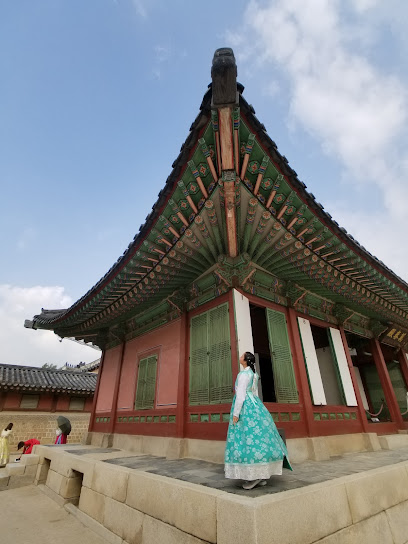
Geunjeongjeon
1.7 km
Explore the grandeur of Geunjeongjeon, a cultural landmark in Seoul, showcasing the rich heritage and architectural brilliance of the Joseon Dynasty.
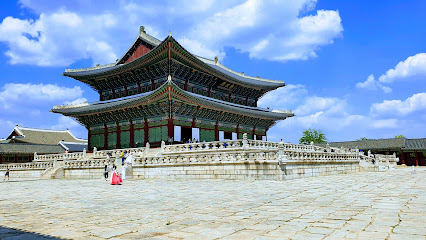
Chimnyugak House
1.7 km
Discover the historical beauty of Chimnyugak House, a tranquil gem in Seoul, where culture and nature harmoniously intertwine.

Jagyeongjeon
1.7 km
Explore the exquisite architecture and serene gardens of Jagyeongjeon, a royal landmark that embodies Korea's rich cultural heritage.
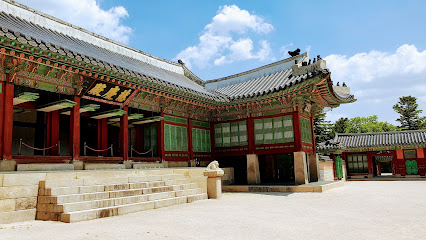
Heungnyemun Gate
1.8 km
Explore the historic Heungnyemun Gate, a stunning entrance to Gyeongbokgung Palace in Seoul, showcasing traditional Korean architecture and rich cultural history.

Gwanghwamun Gate
1.8 km
Explore Gwanghwamun Gate, a stunning historical landmark in Seoul, showcasing Korea's rich culture and heritage at the entrance of Gyeongbokgung Palace.

Seoul Museum of History
1.9 km
Explore the evolution of Seoul at the Seoul Museum of History, where the past meets the present through engaging exhibits and stunning city views.
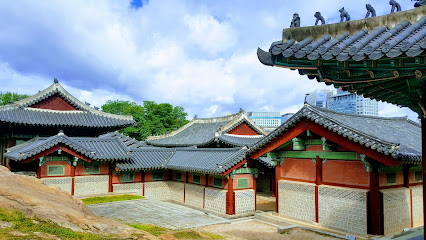
Samcheong-dong Street
2.0 km
Explore the vibrant art scene, traditional architecture, and cozy cafes of Samcheong-dong Street in Seoul, a must-visit destination for tourists.
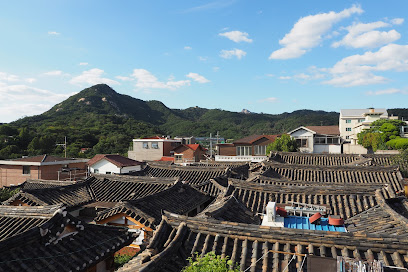
Gyeonggyojang House
2.0 km
Discover the rich history of Gyeonggyojang House, a peaceful historical site in Seoul, showcasing the life of independence leader Kim Gu.
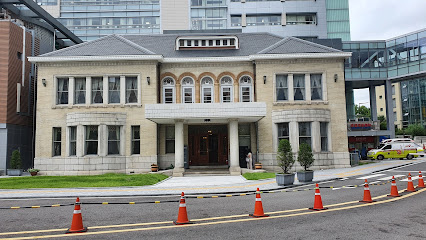
Unmissable attractions to see
Seokguram
0.0 km
Explore Seokguram, a serene Buddhist temple in Seoul known for its stunning architecture and rich spiritual heritage, perfect for cultural enthusiasts and nature lovers alike.
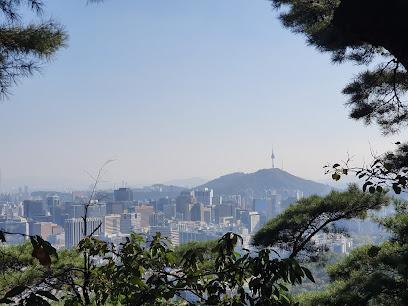
Inwangsan Mountain
0.2 km
Explore Inwangsan Mountain, a serene nature preserve in Seoul, where stunning views and rich history create an unforgettable outdoor experience.
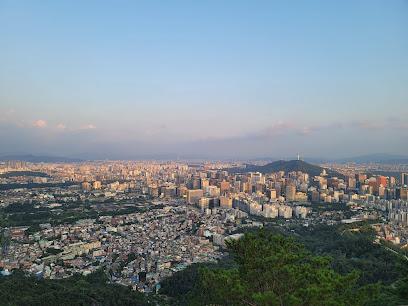
Inwangsan Mountain Park
0.3 km
Explore the natural beauty and cultural heritage of Inwangsan Mountain Park in the heart of Seoul, a must-visit destination for every traveler.
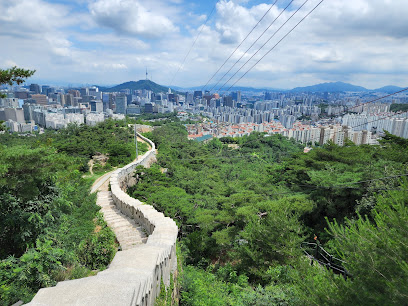
Inwangsan Entrance (Inwangcheon Mineral Spring)
0.4 km
Discover the serene hiking trails and refreshing mineral springs of Inwangsan Entrance in Seoul's Jongno District.
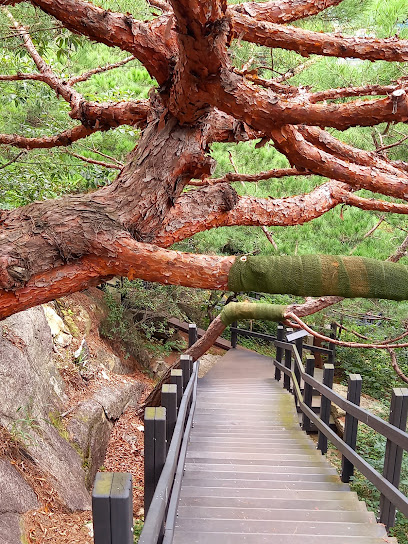
Suseongdong Valley
0.4 km
Explore the tranquil beauty of Suseongdong Valley, a serene nature preserve in the heart of Seoul, perfect for relaxation and scenic strolls.
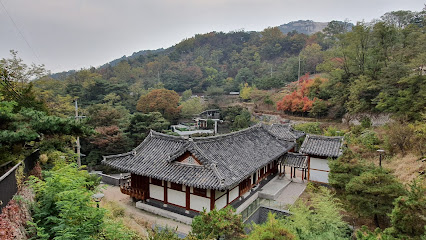
Beombawi Rock
0.4 km
Experience the breathtaking views and serene beauty of Beombawi Rock in Seoul's Jongno District, a must-visit scenic spot for all travelers.
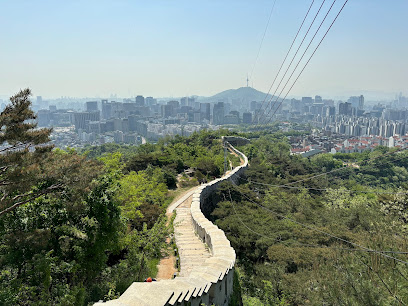
Mumudae Observatory
0.4 km
Experience the stunning panoramic views of northern Seoul at Mumudae Observatory, your gateway to the city’s breathtaking skyline.
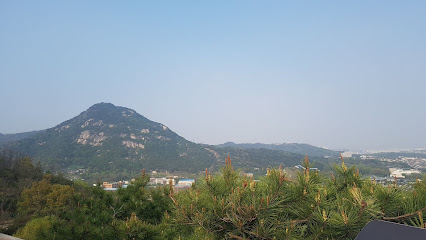
Inwangsan Mountain Hiking Trail
0.6 km
Discover the breathtaking views and rich culture along the scenic Inwangsan Mountain Hiking Trail in Seoul, a must-visit for every traveler.
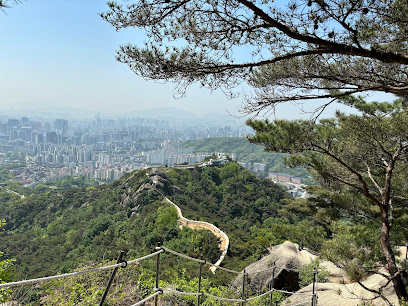
Inwangjeong
0.7 km
Explore the picturesque Inwangjeong in Seoul, a scenic spot blending natural beauty and rich cultural heritage.
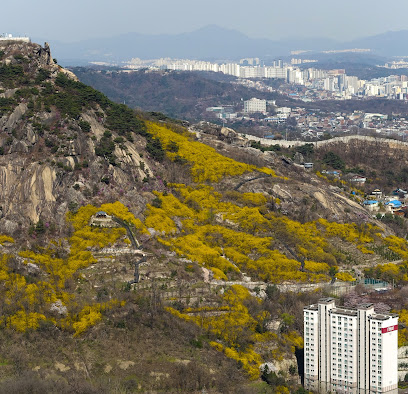
Inwangsa
0.7 km
Discover tranquility at Inwangsa, a serene Buddhist temple in Seoul that harmonizes nature and spirituality amidst the urban landscape.
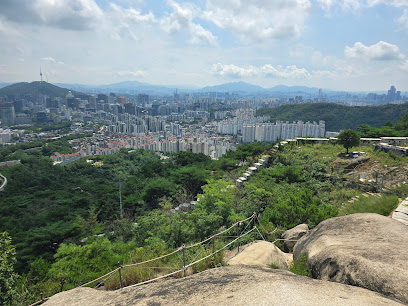
Cheongun Park
0.9 km
Discover tranquility at Cheongun Park, a lush oasis in Seoul perfect for leisurely strolls, serene picnics, and peaceful relaxation.
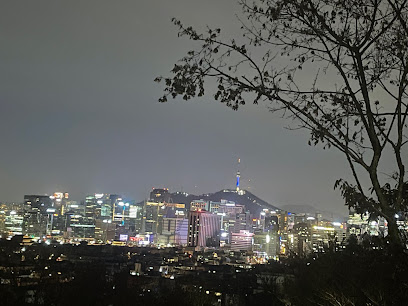
Inwangsan Mountain Park entrance (near Inwangsan IPARK)
0.9 km
Explore Inwangsan Mountain Park: A Scenic Hiking Oasis in the Heart of Seoul with Stunning Views and Rich Cultural Heritage.
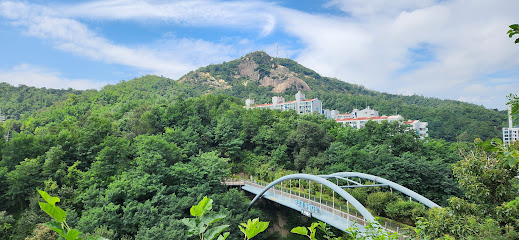
Hill of Poet Yun Dong-ju
0.9 km
Discover the tranquil beauty and poetic spirit at the Hill of Poet Yun Dong-ju – a must-visit observation deck in Seoul with stunning city views.
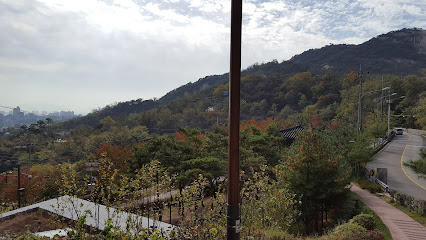
Sangchonjae
1.0 km
Experience the charm of Sangchonjae, a heritage preservation site in Seoul that showcases Korea's rich cultural history and traditional architecture.
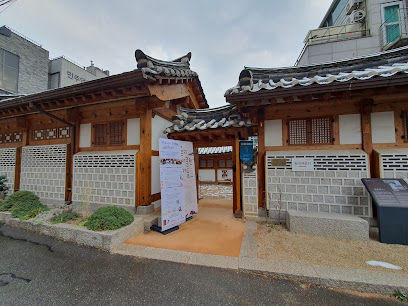
Yoogeum Museum
1.0 km
Explore the vibrant world of contemporary art at Yoogeum Museum in Seoul, where creativity and culture come together in a unique artistic experience.
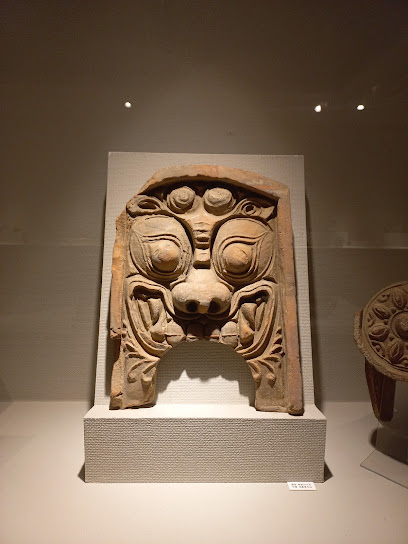
Essential places to dine
PKM Garden Restaurant & Cafe
1.8 km
Experience the essence of Italy in Seoul at PKM Garden Restaurant & Cafe - where delightful flavors meet serene surroundings.

The Restaurant
1.9 km
Experience the perfect fusion of Haute French and Italian cuisine at The Restaurant in Seoul's Jongno District.
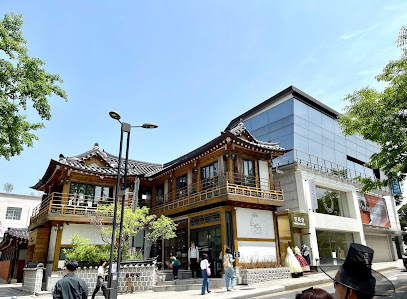
Dugahun
2.1 km
Experience authentic Italian flavors at Dugahun in Jongno District, Seoul – where culinary excellence meets vibrant atmosphere.
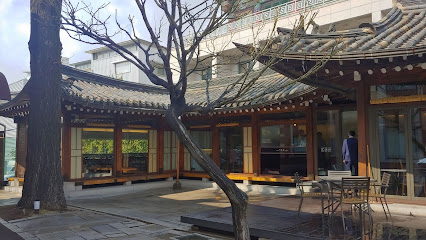
Urban Garden
2.1 km
Discover Urban Garden in Seoul – where authentic Italian flavors meet contemporary elegance in a vibrant atmosphere.
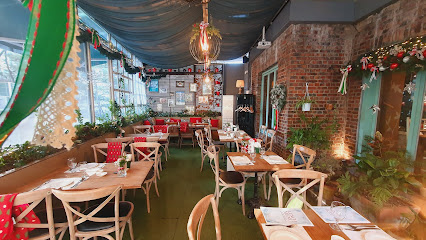
The Market Kitchen
2.1 km
Explore culinary excellence at The Market Kitchen in Seoul with an expansive buffet featuring global flavors and local specialties.
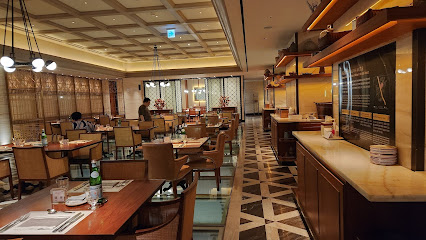
Akira Back
2.2 km
Experience culinary artistry at Akira Back in Seoul – where Canadian flavors meet Korean inspirations in a fine dining setting.
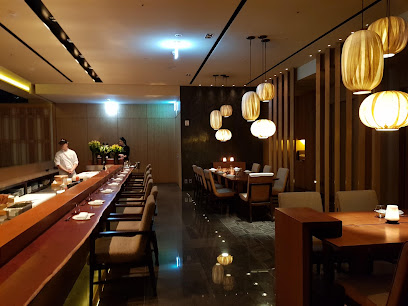
Korean Folk Village
2.4 km
Discover Korea's rich heritage at Korean Folk Village – an open-air museum showcasing traditional life with performances, crafts, and delicious cuisine.
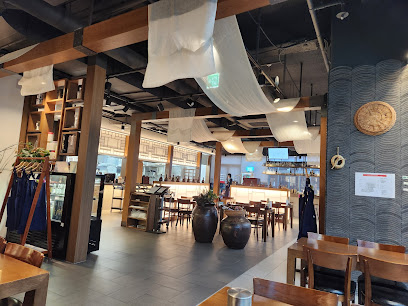
Insadong Geujip
2.5 km
Experience authentic Korean flavors at Insadong Geujip - where tradition meets culinary excellence in Seoul's historic district.
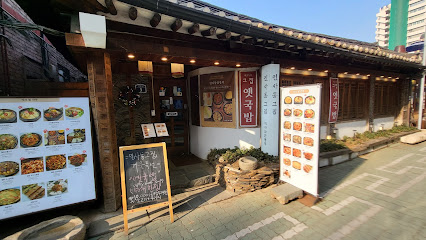
Ha-Yeon Korean Cuisine Restaurant
2.5 km
Savor authentic Korean traditional full-course meals at Ha-Yeon in Jongno-gu, where every dish tells a story.
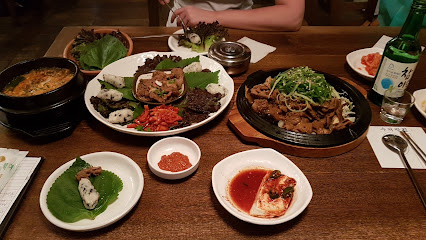
Doma Insadong
2.6 km
Discover authentic Korean flavors at Doma Insadong in Seoul's historic Insadong district – a perfect blend of tradition and taste.
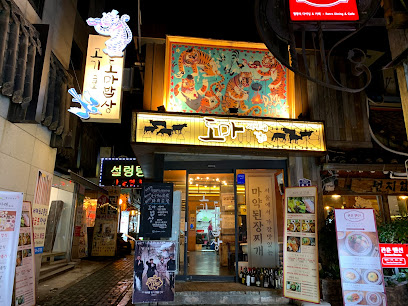
Sanchon
2.7 km
Discover authentic Korean vegetarian cuisine at Sanchon in Seoul's historic Insadong district—an unforgettable dining experience steeped in tradition.
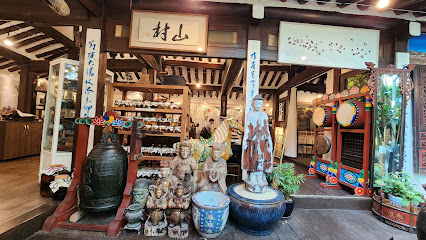
PyeongYang Gogitjip
2.7 km
Experience authentic Korean BBQ at PyeongYang Gogitjip in Jongno District, where flavors meet tradition in every grilled bite.
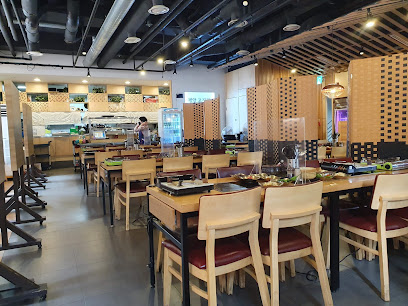
Insadong gukbap
2.7 km
Experience authentic Korean gukbap at Insadong Gukbap in Seoul - where tradition meets flavor in every bowl.
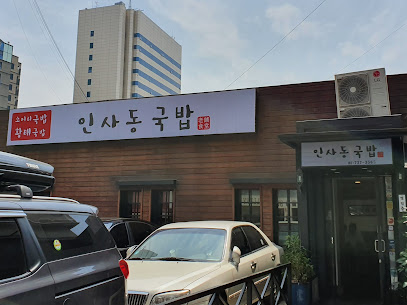
Korean Restaurant Doore
2.7 km
Experience the essence of traditional Korean dining at Doore - where every dish tells a story.
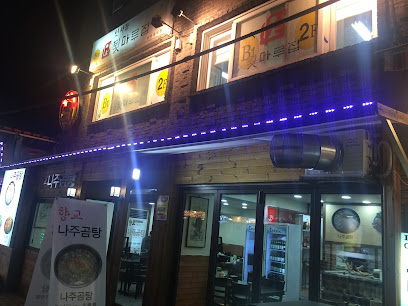
Yangbandaek
2.7 km
Experience authentic Korean flavors at Yangbandaek in Jongno District, where traditional cuisine meets warm hospitality.
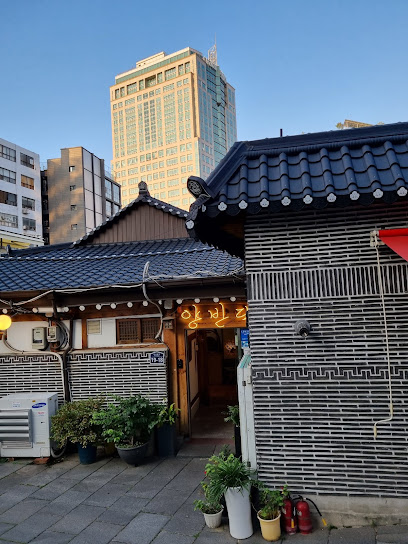
Markets, malls and hidden boutiques
MSK SHOP / Cafe Coin (Manado disk Shop)
1.2 km
Explore the essence of Korean fashion at MSK SHOP / Cafe Coin, where unique styles and exceptional quality meet in the heart of Seoul.
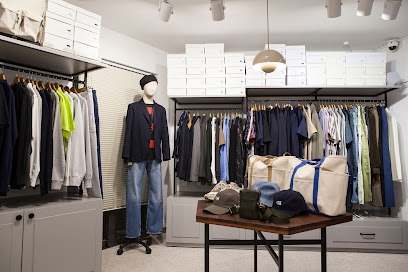
Object
2.3 km
Explore a charming souvenir store in Jongno District, Seoul, offering unique gifts and local crafts that reflect Korea's rich culture and heritage.
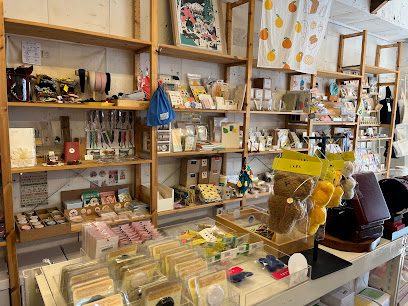
YG Place Insa Branch
2.4 km
Explore the vibrant world of K-pop at YG Place Insa Branch, Seoul's premier music store, offering exclusive merchandise and a taste of Korean music culture.
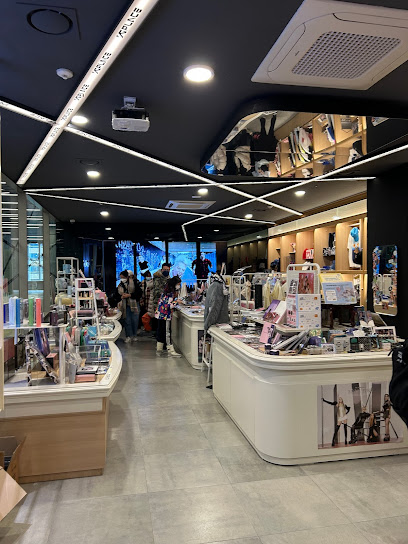
세령 (Korean HandMade Highclass Traditional Accessory)
2.5 km
Discover 세령: Your Destination for Exquisite Handmade Traditional Accessories in Seoul, Celebrating Korean Artistry and Culture.
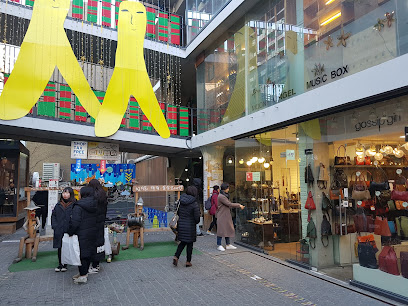
Ssamziegil
2.5 km
Explore the artistic heart of Seoul at Ssamziegil, where traditional crafts meet modern shopping in a vibrant cultural hub.
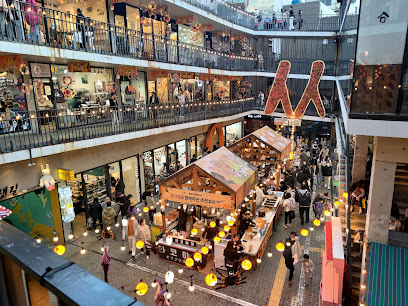
Moony Gongbang Music Box (무늬공방 도자기 오르골)
2.5 km
Discover the magic of handcrafted music boxes at Moony Gongbang in Seoul's Jongno District, where melodies and memories intertwine beautifully.
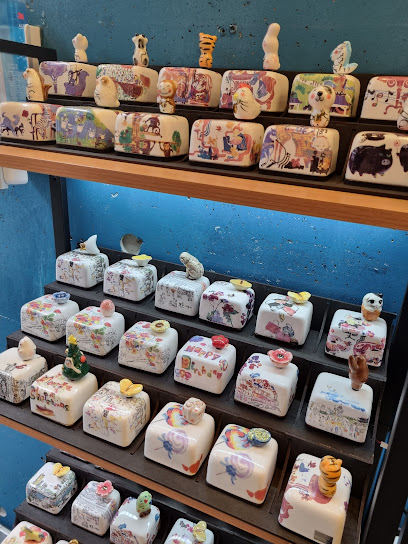
Kukje Embroidery
2.6 km
Discover the artistry of Korean embroidery at Kukje Embroidery, a unique gift shop in the heart of Seoul's Insa-dong district.
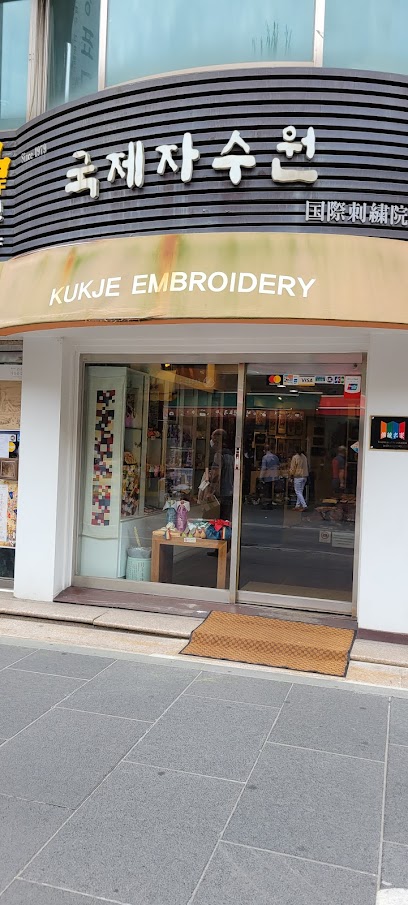
e-바다몰
2.6 km
Discover unique home goods and essentials at e-바다몰, where quality meets style for your living spaces.

Etro Boutique
2.6 km
Discover the elegance of Italian fashion with unique prints and luxurious fabrics at Etro Boutique in Seoul, a must-visit for style enthusiasts.

Korean National Souvenir Center
2.7 km
Explore the Korean National Souvenir Center for unique handcrafted gifts and authentic cultural experiences in the heart of Seoul.
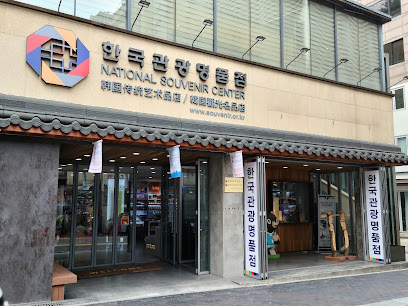
Insadong Vintage
2.7 km
Explore the rich tapestry of fashion history at Insadong Vintage, where each unique piece brings a story from the past to your wardrobe.
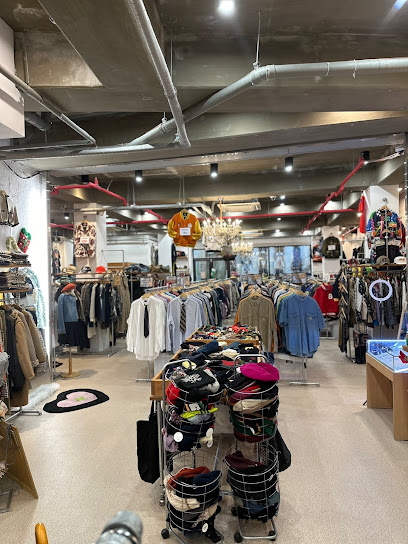
Yeon
2.7 km
Discover Yeon, a charming gift shop in Seoul, offering unique handmade products that reflect Korea's rich cultural heritage.

Insadong Bells and Wind Chimes Shop
2.7 km
Explore the enchanting Insadong Bells and Wind Chimes Shop in Seoul, a treasure trove of handcrafted gifts that capture the spirit of Korean culture.

인사1길
2.8 km
Explore the charm of Korean craftsmanship at Insa1-gil, a unique home goods store in Seoul's historic Insa-dong district.
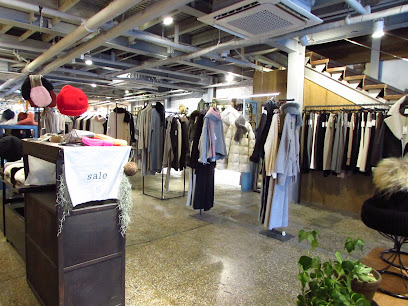
AEOL SSIGU MADANG
2.8 km
Explore vintage treasures at AEOL SSIGU MADANG in the heart of Seoul's Insa-dong, where retro fashion meets a vibrant cultural scene.
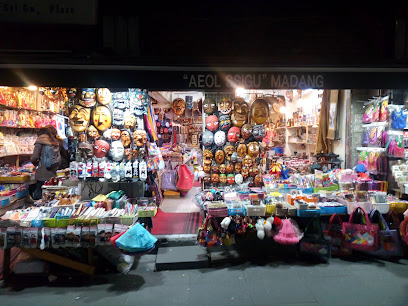
Essential bars & hidden hideouts
Bar Pomme
1.2 km
Discover the exquisite cocktails and vibrant atmosphere at Bar Pomme, a must-visit cocktail bar in Seoul's Jongno District.
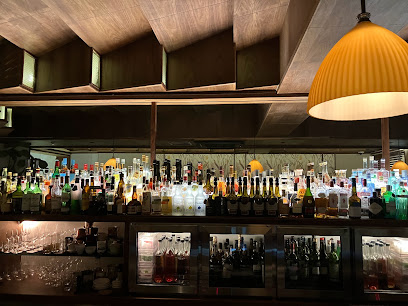
Bar Cham
1.2 km
Experience the art of mixology at Bar Cham, a cozy cocktail bar in Seoul's Jongno District, offering unique drinks and a warm ambiance.
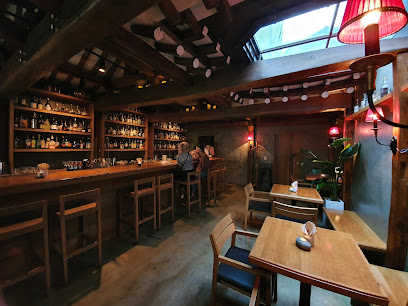
Cobbler
1.5 km
Experience the art of mixology at Cobbler, a premier cocktail bar in Seoul's Jongno District, where creativity and flavor intertwine.
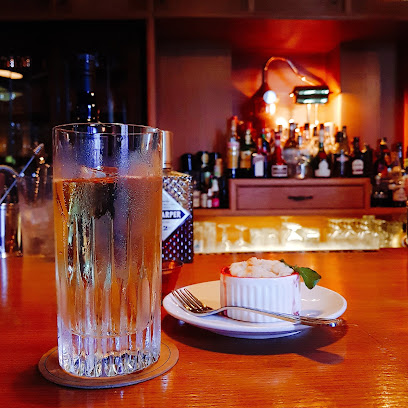
Tender Bar
1.5 km
Experience Seoul's nightlife at Tender Bar, a cocktail haven offering expertly crafted drinks and a vibrant atmosphere in Jongno District.
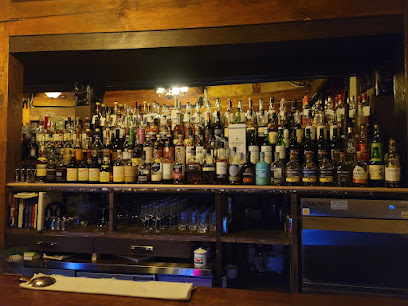
찰스 H Charles H.
2.1 km
Discover the perfect blend of elegance and modernity at Charles H. in Seoul, a sophisticated bar and dining experience.
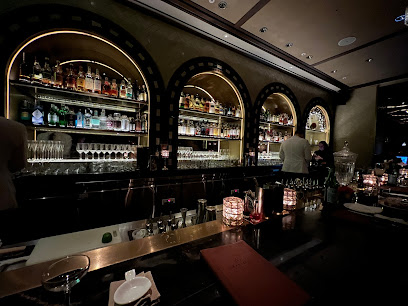
Tongkeun Imo
2.7 km
Discover the lively essence of Seoul's nightlife at Tongkeun Imo, a cozy bar in Insa-dong offering unique local drinks and a welcoming atmosphere.
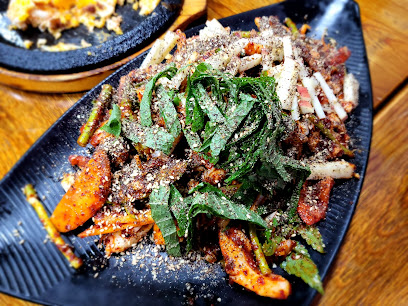
OB's Cabin
2.7 km
Experience the vibrant nightlife of Seoul at OB's Cabin, a live music bar where local talent shines in an intimate setting.
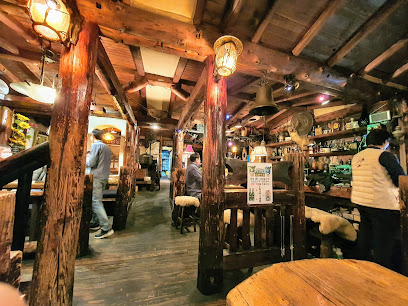
Seochon Dokkaebi
2.7 km
Discover Seochon Dokkaebi, a vibrant bar in Seoul that blends traditional Korean culture with modern nightlife, perfect for an unforgettable experience.
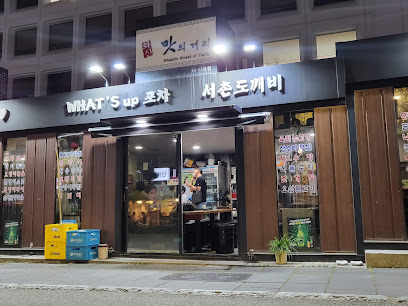
I Love Pub
2.7 km
Experience the vibrant nightlife at I Love Pub in Jung-gu, Seoul, where friendly service meets a lively atmosphere and delicious drinks.

마당쇠호프
2.7 km
Discover the local charm of Seoul at 마당쇠호프, a popular bar in Insa-dong offering delicious drinks and a vibrant social atmosphere.
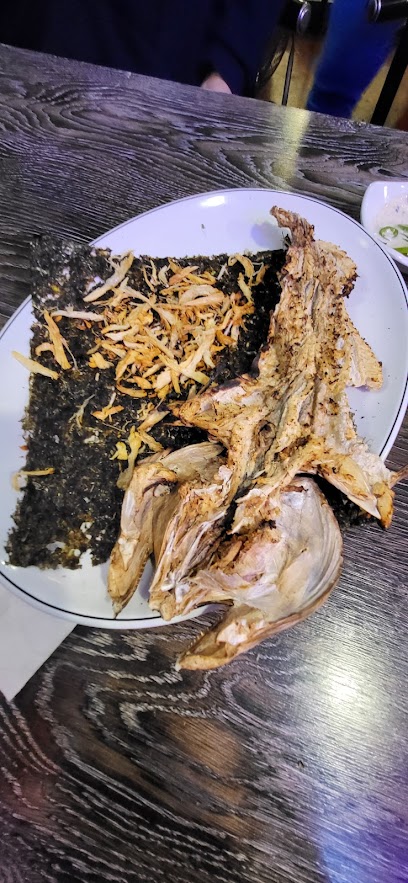
Tou
2.7 km
Experience the authentic taste of Korea at Tou, a Korean rice wine pub in Jongno District, where culture and flavor come alive.

Insadong Nogari
2.8 km
Experience the vibrant nightlife of Seoul at Insadong Nogari, a traditional bar offering delicious drinks and a welcoming atmosphere in the heart of Insadong.

Jongnoilbeonzi
2.8 km
Discover the vibrant nightlife of Jongnoilbeonzi, a perfect bar to unwind in the heart of Seoul's cultural district, Insa-dong.
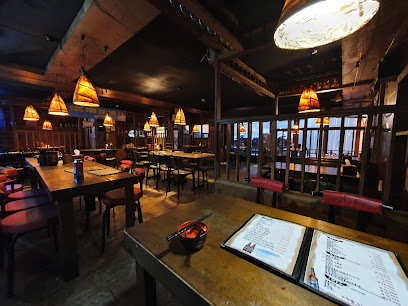
Ghiwon22
2.8 km
Discover Ghiwon22: A chic cocktail bar in Myeong-dong, blending local Korean flavors with innovative drinks in a vibrant atmosphere.
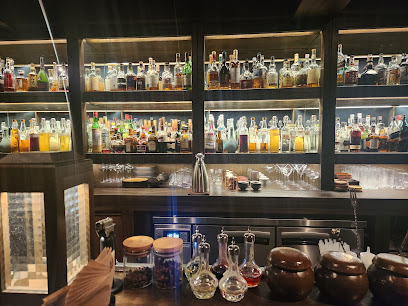
Haejeo
2.9 km
Discover Haejeo, a unique bar in Insa-dong, Seoul, where traditional culture meets modern mixology for an unforgettable experience.




